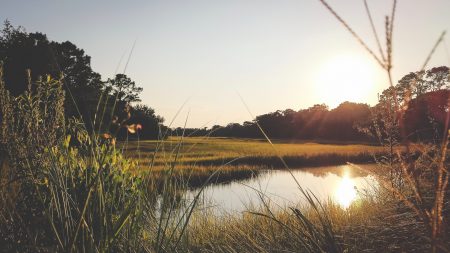Intertidal ecosystem restoration for climate resilience
A new National Trust programme of habitat creation and improvement is being undertaken throughout the River Tamar catchment, at the border between Devon and Cornwall in the UK. The nature-based solution employed through ecosystem restoration and creation of intertidal habitat will improve the region’s resilience to the changing climate, and provide a richer environment for […] September 17, 2021
A new National Trust programme of habitat creation and improvement is being undertaken throughout the River Tamar catchment, at the border between Devon and Cornwall in the UK. The nature-based solution employed through ecosystem restoration and creation of intertidal habitat will improve the region’s resilience to the changing climate, and provide a richer environment for people and nature.
The programme is being funded by the Environment Agency Water Environment Investment Fund and the National Trust’s own Neptune Coastline Campaign, as part of a broader programme of habitat creation and improvement throughout the Tamar catchment in partnership with the Environment Agency and supported by Natural England. At Cotehele quay on the Tamar, Victorian farmland embankments have been breached to allow tidal waters to regularly flow into new channels across the field, beginning the creation of a richer habitat for nature, attracting a wide range of wildlife and increasing intertidal vegetation such as reed beds. The restored intertidal habitat will also help to hold carbon, clean river water by trapping sediment and making more space for river water when the Tamar floods.
The Tamar project is part of The National Trust’s Shifting Shores programme, whereby river and coastal adaptation strategies are being undertaken in collaboration with land owners, communities and local government. Three more sites on the Tamar are being assessed for similar projects, with further Cornish and Devon rivers also holding potential for such ecosystem restoration.
Find out more on the National Trust project web page or a recent Guardian news item on the project.
